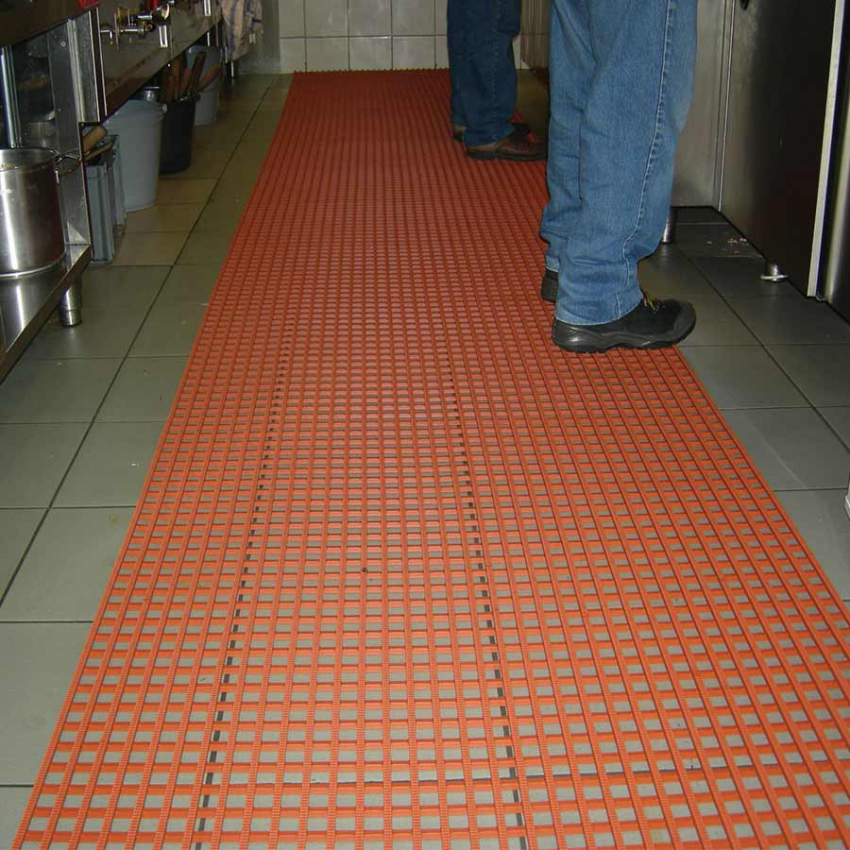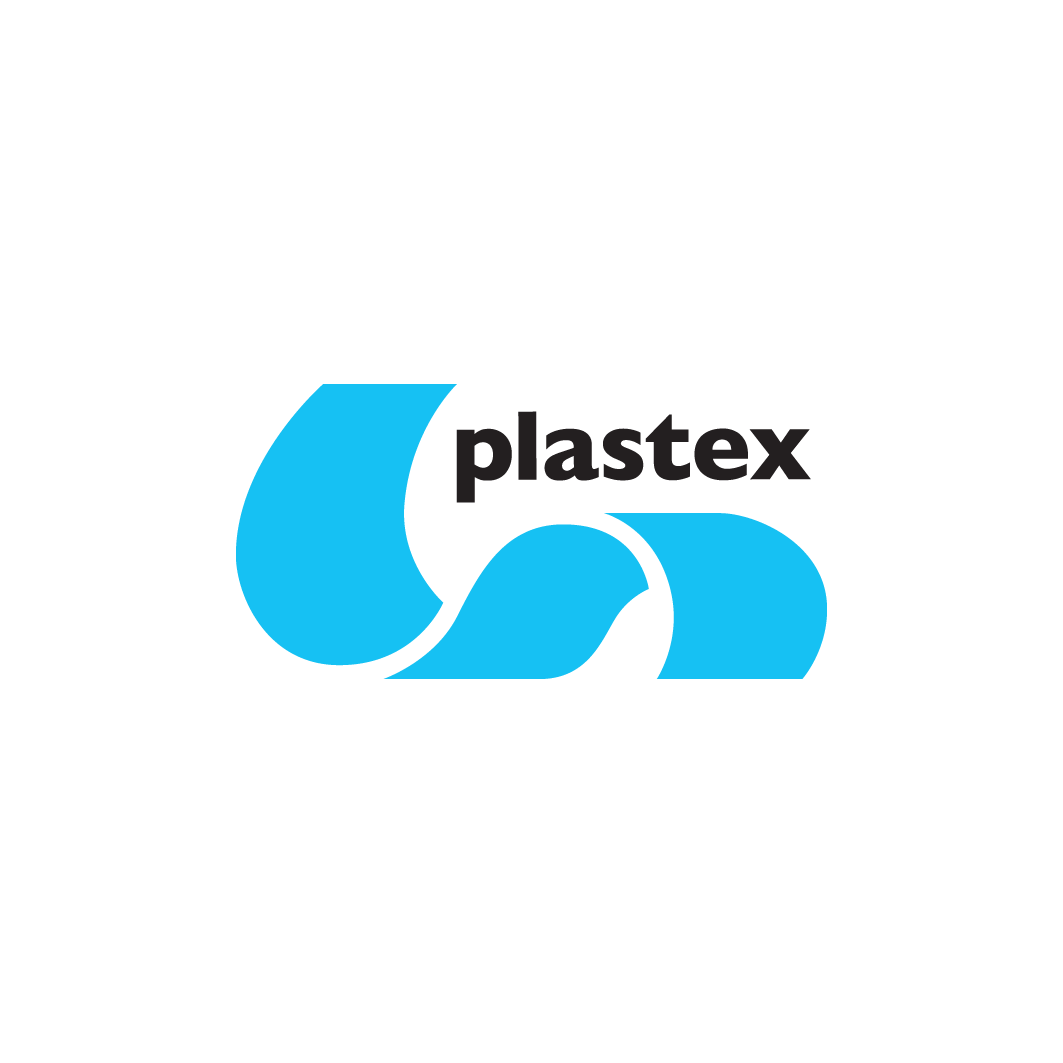






Its anti-slip properties ensure a non-slip surface, while its anti-fatigue properties provide the necessary comfort for employees working in a standing position. The extra-large perforated grid allows waste and liquids to drain away while keeping the surface dry and clean.
This mat is the ideal choice when you're looking for a food-grade mat.
Also available with bevelled safety edges on request .
Agri-food floor covering made from non-porous PVC, this ultra-resistant industrial mat is easy to handle and maintain. Ideal for social distancing: Yellow stripe version to delimit certain areas and/or to help your company comply with social distancing.
For example: yellow marking defines a zone in which each employee can work.
Whether for employees who work in a standing position or for staff who work in rotation, this animal-grease-resistant mat is an ideal choice for the food industry. Unlike temporary floor markings, such as stickers or ribbons to mark social distancing, this mat is durable over time and can be easily moved if required.100% recyclable. Available in black, it is made from recycled industrial materials. The average recycled content is at least 30%, but we strive to achieve 100% recycled content wherever possible. None of the substances on REACH's SVHC list are used in our coatings.
Available in 5 m or 10 m rolls
Easy to cut on site. Excellent adhesion to irregular surfaces.
Can be cleaned with a high-pressure water jet.

| HGA |
Data sheet
| Format | Roller |
| Properties | Antibacterial Non-slip |
| Composition | PVC (Polyvinyl chloride) |
| Thickness | 15 mm |
| Resistant to chemicals | Yes |
| Environment | Oily environments Wetlands |
| Operating temperature | -23°C to + 60°C |
| Intensity of use | Intense |
| Wear index | 2/3 (Very good) |
| Anti-slip classification | R11 |
| Acoustic insulation | Excellent sound absorption. |
| Hygiene | Made from non-porous PVC, naturally resistant to bacterial growth. |
| Reversion | Thermoplastic shrinkage can result in a reduction of the coating by up to 2%. This can be amplified if the temperature is high. |
| UV light | Resistant to PVC degradation. |
| Drainage capacity | V10 |
Industrial mats meet the needs of ergonomic workstations and employee well-being.
They prevent:
There are many uses for industrial mats:
Safety criteria: The mat must cover the entire workstation, be firmly attached to the floor, not shift or slide, and have bevelled edges to prevent falls.
Thickness and flexibility criteria: Contrary to what you might think, you shouldn't choose a very thick or very soft mat. The mat should have a certain elasticity, but still allow a comfortable standing position, without the user feeling slumped.
Environmental criteria :
Environmental hazard criteria : To establish more precise characteristics for a mat (antistatic properties or fire resistance etc...) we need to take into account the hazards present in the environment where the mat will be installed.
Where hazardous liquids are present in the working environment, the anti-slip properties and chemical resistance of industrial mats should be taken into account. The presence of openings on mats to allow the evacuation of fluids is essential.
Traffic criteria: We need to take into account the traffic that takes place on the equipment: how many workers can walk on it? How often, etc., in order to choose the most suitable mat.
Prevent the many problems associated with poor workstation ergonomics: RSI, static shock, bacterial proliferation, etc.
We offer a wide choice of industrial mats: on rolls, in standard sizes, made-to-measure or modular mats to suit all types of workstations.